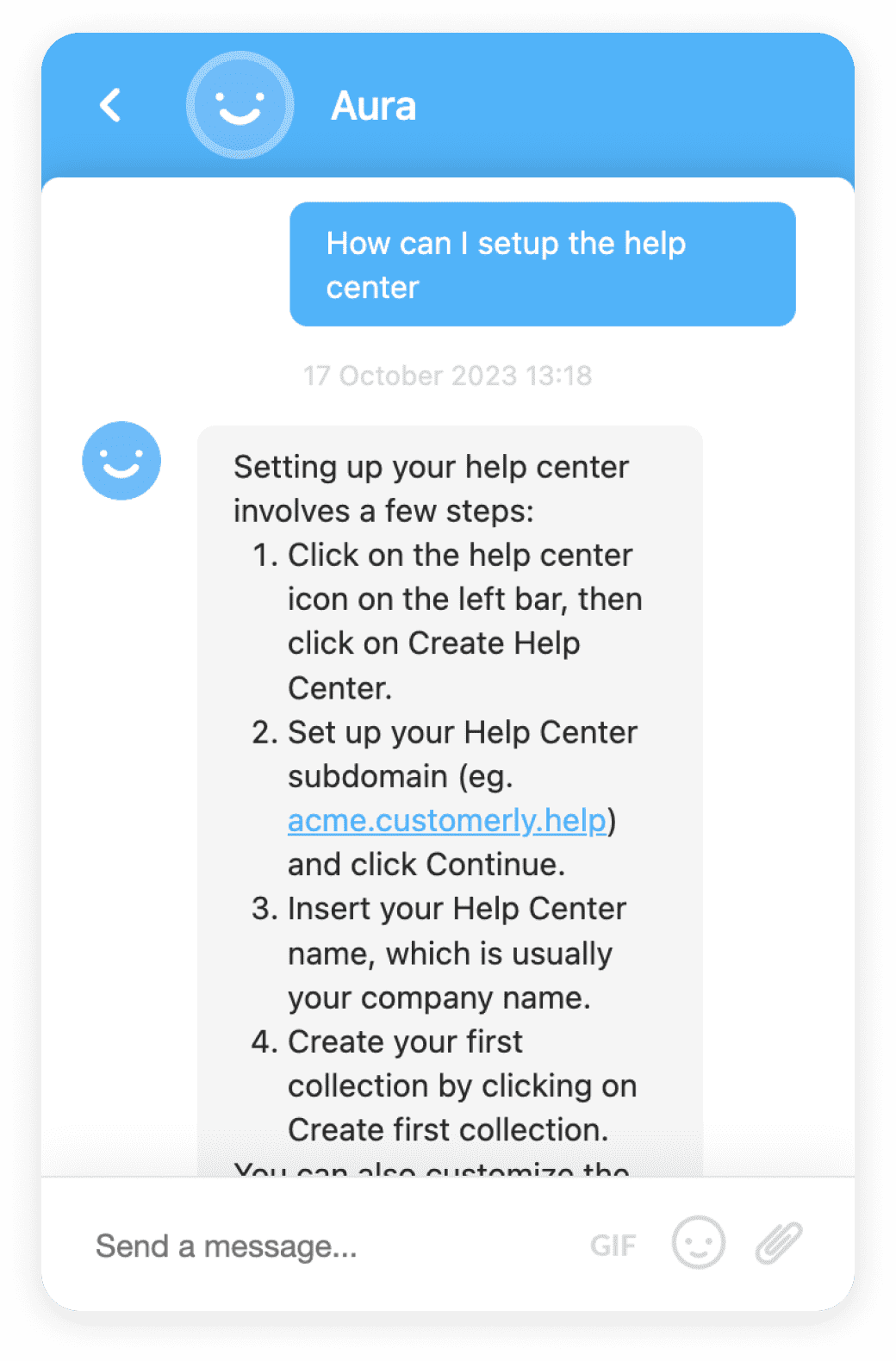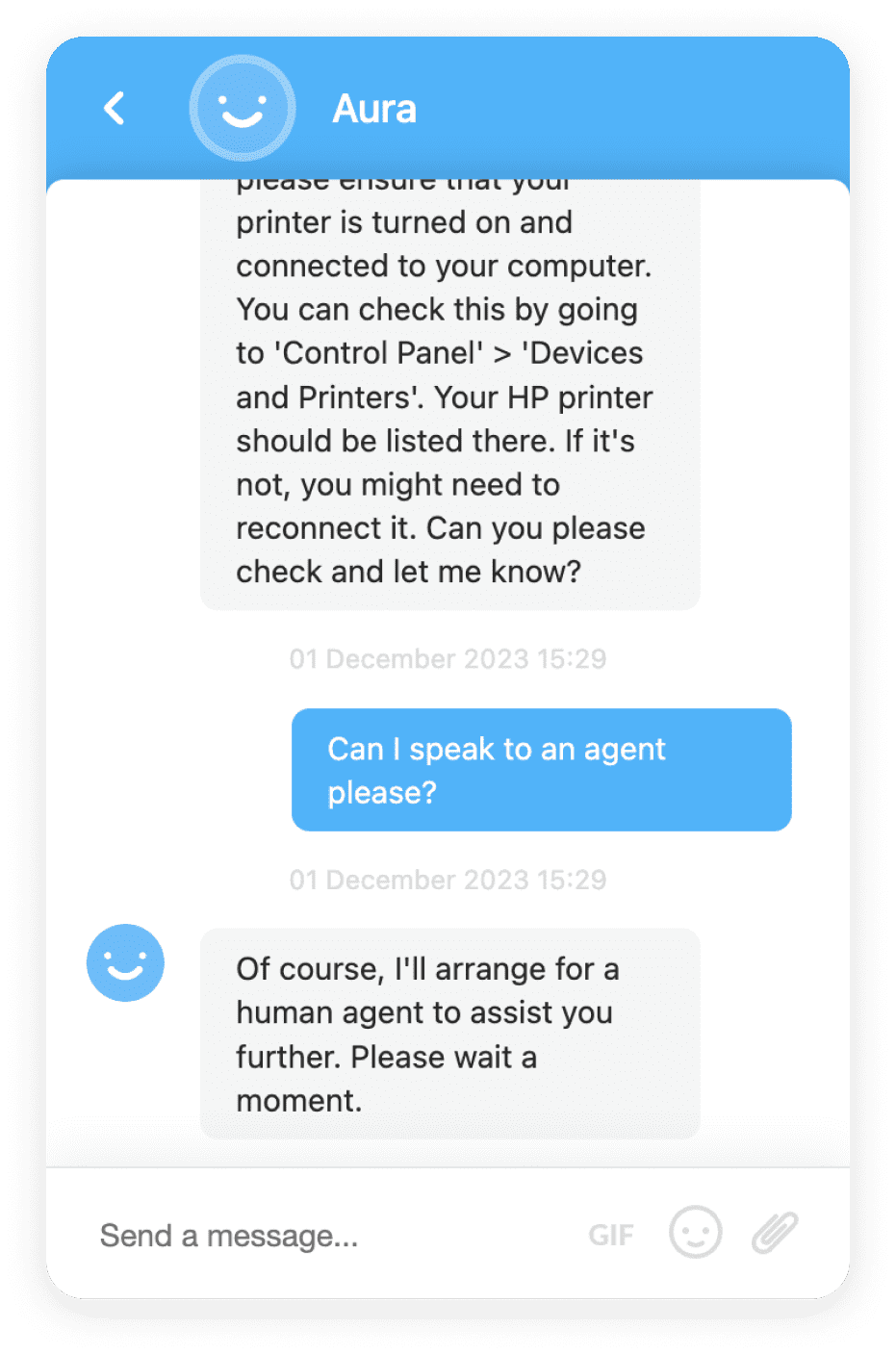Frictionless Experience
Frictionless Experience refers to making customer interactions smooth and effortless, often in a digital context. It's crucial for customer satisfaction and business success.
Definition
A 'Frictionless Experience' refers to the process of making interactions between a business and its customers as smooth and effortless as possible. It aims to eliminate any potential obstacles or 'friction' that might hinder the customer's experience or deter them from finalizing a purchase or interaction. The term is often used in the context of digital customer experience, where it refers to making online navigation, purchase processes, or customer service interactions seamless and intuitive.
Usage and Context
In the digital business world, creating a frictionless experience is crucial. It can be applied to various aspects of a business, such as website design, mobile app usability, online checkout processes, customer service interactions, and more. For instance, a frictionless website might have a clear, easy-to-navigate layout, quick loading times, and a simple and secure checkout process. Similarly, a mobile app might be designed with user-friendly features and intuitive navigation to provide a frictionless experience.
FAQ
What are some examples of friction in a customer's experience?
Friction can occur in many forms, such as a complicated checkout process, slow website or app loading times, difficult navigation, or poor customer service. These obstacles can deter customers and lead to lost sales.
How can businesses create a frictionless experience?
Businesses can create a frictionless experience by focusing on improving their user interface and user experience design, streamlining their checkout process, optimizing their website or app performance, and providing excellent customer service.
Related Software
Various software can help businesses create a frictionless experience, such as UX design tools, website performance optimization tools, e-commerce platforms, and customer service software.
Benefits
A frictionless experience can lead to increased customer satisfaction, loyalty, and retention. It can also boost conversion rates, sales, and overall business performance.
Conclusion
In conclusion, a frictionless experience is about making the customer's interaction with a business as smooth and effortless as possible. It is a key aspect of successful digital businesses and can lead to significant benefits.
Related Terms
CRO (Conversion Rate Optimization)
CRO (Conversion Rate Optimization) is a systematic process that increases the percentage of website visitors who complete a desired action, thus improving a website's effectiveness.CSAT (Customer Satisfaction)
CSAT (Customer Satisfaction) is a key performance indicator that measures the satisfaction level of customers with a company's products or services.Conversion Rate
Conversion Rate is a key metric in digital marketing, measuring the percentage of website visitors who take a desired action.Conversion Rate Optimization
Conversion Rate Optimization (CRO) is the process of increasing the percentage of website visitors who complete a desired action. Learn more about CRO.Customer Retention
Customer retention refers to strategies used by businesses to encourage repeat business and loyalty from their existing customer base.Customer Retention Specialist
A Customer Retention Specialist is a professional responsible for managing customer relationships and ensuring customer loyalty and satisfaction.Customer Satisfaction Analyst
A Customer Satisfaction Analyst is a professional responsible for analyzing customer feedback to improve satisfaction levels.Customer Satisfaction Coordinator
A Customer Satisfaction Coordinator is a professional who ensures customer satisfaction with a company's products or services.Customer Satisfaction Director
A Customer Satisfaction Director is a high-level executive who oversees customer service activities, develops customer service policies, and measures customer satisfaction.Customer Satisfaction Executive
A Customer Satisfaction Executive is responsible for ensuring outstanding service and support to customers, aiming to increase customer satisfaction, loyalty, and retention.Customer Satisfaction Manager
A Customer Satisfaction Manager is a critical role in businesses, responsible for improving customer service and satisfaction.Customer Satisfaction Metrics
Customer Satisfaction Metrics are quantitative measures used to assess the level of customer satisfaction with a company's products or services.Customer Satisfaction Research Director
A Customer Satisfaction Research Director oversees research activities aimed at understanding customer satisfaction levels, helping businesses improve their customer relationship strategies.Customer Satisfaction Researcher
A Customer Satisfaction Researcher is a professional who conducts research to understand and improve a company's customer satisfaction.Customer Satisfaction Specialist
A Customer Satisfaction Specialist is a professional who ensures customer needs are met, handles queries, and works towards improving customer satisfaction.Customer Satisfaction Strategist
A Customer Satisfaction Strategist is a professional who develops strategies to improve customer satisfaction, enhance customer experience, and drive business growth.Customer Satisfaction Survey Analyst
A Customer Satisfaction Survey Analyst designs and implements surveys to gauge customer satisfaction. They analyze results to help companies improve.UI/UX (User Interface/User Experience)
Discover the meaning of UI/UX, its usage and context, related software, benefits, and more. Understand why good UI/UX design is crucial for digital products.UX (User Experience)
User Experience (UX) refers to the overall experience a user has when interacting with a website, application or product, especially in terms of how easy or pleasing it is to use.Upsell Conversion Rate
Upsell Conversion Rate is a KPI that measures the effectiveness of upselling strategies. It's used to increase average order value and boost revenue.User Experience (UX)
User Experience (UX) refers to the overall experience a user has while interacting with a product, system, or service. It aims to fulfill user needs effectively.User Experience Feedback
User Experience Feedback is the insights obtained from users about their experiences with a product or service. It's crucial for improving usability and user satisfaction.User Experience Optimization
User Experience Optimization (UXO) is the process of improving the interaction between users and a product, service, or website.











